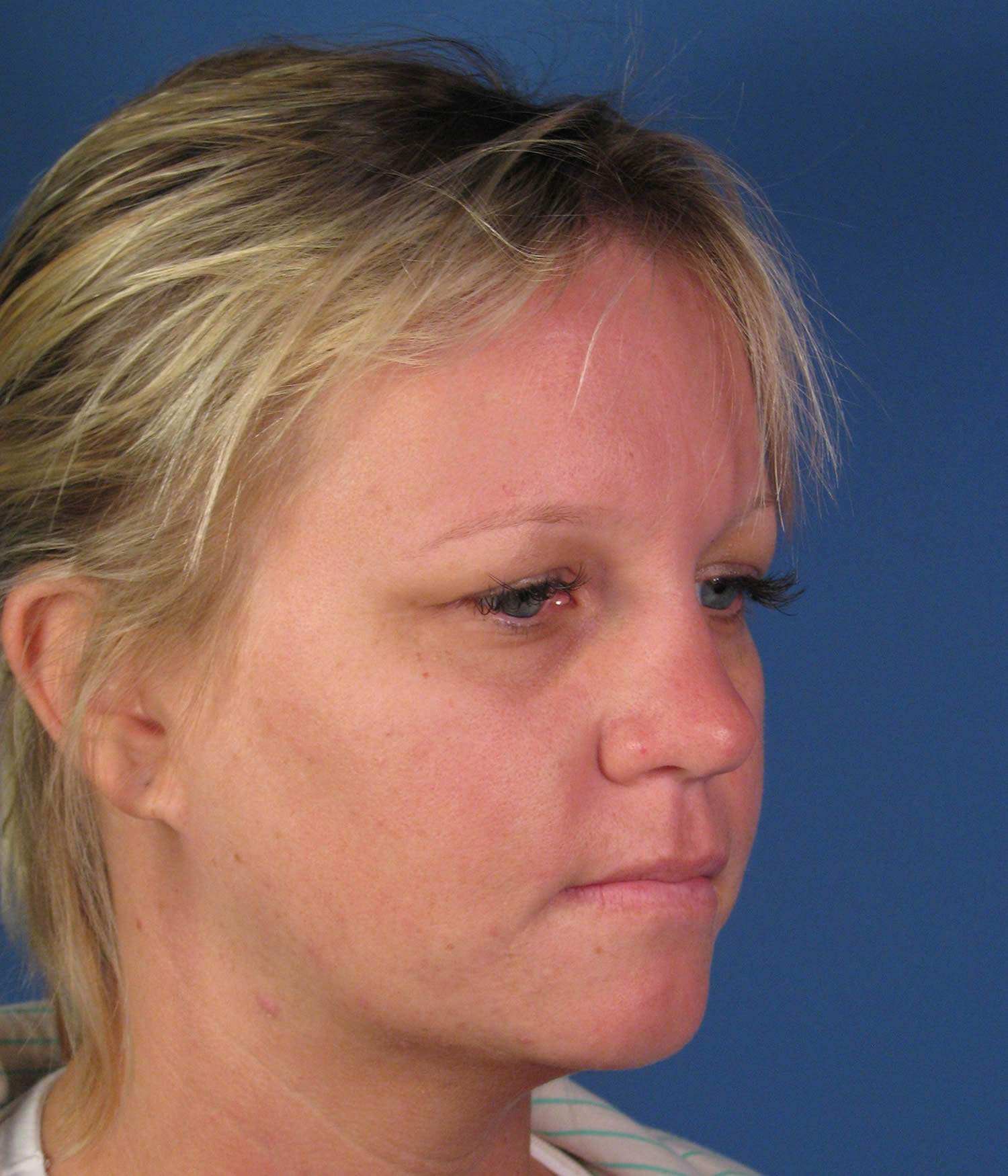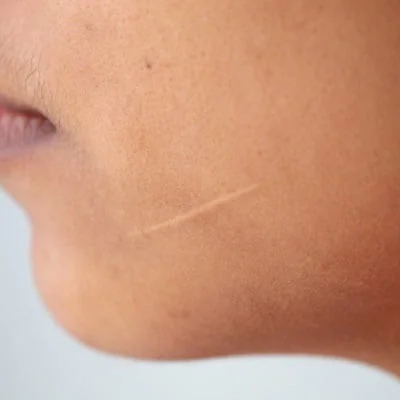Facial scar revision is a cosmetic procedure designed to minimize the appearance of scars on the face, improving their texture, color, and overall visibility. Whether the scar is the result of injury, surgery, or a skin condition like acne, this procedure can significantly enhance your appearance and confidence. Understanding what happens before, during, and after the facial scar revision procedure can help ease any anxieties and prepare you for the process. This guide outlines what to expect at each stage of your Facial Scar Revision In Dubai journey.
1. Consultation and Assessment
Before your facial scar revision procedure, you'll need to schedule a consultation with a plastic surgeon or dermatologist who specializes in scar treatment. This initial meeting is crucial to evaluating the type of scar you have and determining the best treatment plan tailored to your specific needs.
What to Expect During the Consultation
During the consultation, your doctor will thoroughly assess your scar, taking into consideration its size, type, location, and severity. They will also evaluate your skin type and texture to choose the most appropriate revision technique. Be prepared to discuss your medical history, including any previous surgeries, medications, or skin conditions.
Your doctor will also explain the various options available for scar revision, which may include surgical and non-surgical techniques. Some of the common methods include:
- Surgical scar revision: Involves removing the scar and closing the wound with fine sutures for a less noticeable result.
- Laser treatment: Uses controlled laser energy to resurface the skin and reduce the appearance of scars.
- Dermal fillers: Injectable fillers used to lift and fill in sunken scars, particularly atrophic scars.
- Chemical peels: Exfoliates the skin to reduce superficial scars and improve texture.
After evaluating your case, the doctor will develop a customized treatment plan and outline the expected results, risks, and recovery time.

2. Pre-Procedure Preparation
Once your treatment plan is established, you’ll be given instructions on how to prepare for the procedure. Pre-procedure preparation is essential to ensure the best results and minimize complications.
Common Pre-Procedure Steps
- Medications: Your doctor may ask you to stop taking certain medications, such as blood thinners or aspirin, which can increase bleeding during the procedure.
- Avoid sun exposure: Protect your skin from direct sunlight in the weeks leading up to the procedure, as sun-damaged skin can increase the risk of complications.
- Quit smoking: If you smoke, you may be asked to stop, as smoking can impair the healing process and affect the final results of the revision.
- Arrange transportation: Depending on the type of procedure and whether sedation or anesthesia will be used, you may need someone to drive you home after the treatment.
3. The Facial Scar Revision Procedure
The specific procedure used for scar revision will depend on the type of scar, its size, and location, as well as the method recommended by your doctor. Facial scar revision procedures can vary significantly based on whether they are surgical or non-surgical.
Surgical Scar Revision
Surgical scar revision is typically performed under local anesthesia, though in some cases, general anesthesia may be used if the procedure is more complex. Here's what to expect during the surgery:
- Incision: The surgeon will make an incision along the existing scar to remove it or revise its appearance. For large or thick scars, this might involve excising (cutting out) the scar tissue completely.
- Repositioning the Skin: If necessary, the surgeon will reposition the skin to align with natural skin lines or creases, making the scar less visible.
- Suturing: The surgeon will close the wound using fine sutures, ensuring that the scar heals with minimal tension and blending into the surrounding skin.
The entire surgical procedure may take 30 minutes to several hours, depending on the complexity and size of the scar.
Non-Surgical Scar Revision
Non-surgical methods, such as laser treatments, dermal fillers, or chemical peels, are performed on an outpatient basis and are generally quicker and less invasive than surgery.
- Laser Treatment: The doctor will use a specialized laser device to target scar tissue, promoting collagen production and helping to resurface the skin. This method is effective for superficial scars, particularly acne scars.
- Dermal Fillers: If you have atrophic scars, your doctor may inject a filler (such as hyaluronic acid) into the scar to lift it to the level of the surrounding skin.
- Chemical Peels: A chemical solution is applied to the scarred area, causing the outer layers of skin to peel away. This reveals smoother skin beneath and reduces the visibility of scars.
4. Post-Procedure Recovery
The recovery process will depend on the type of scar revision you undergo, but in all cases, proper aftercare is critical for optimal results.
Immediate Aftercare
After the procedure, your doctor will provide specific instructions on how to care for your skin. This may include:
- Keeping the treated area clean: Use a gentle cleanser and avoid harsh scrubbing. Your doctor may recommend specific ointments to apply to the treated area to promote healing and reduce the risk of infection.
- Avoiding direct sunlight: Sun exposure can darken scars and hinder the healing process, so it's important to protect the treated area with sunscreen or avoid the sun entirely.
- Managing discomfort: You may experience mild swelling, redness, or discomfort in the treated area. Your doctor may prescribe pain relievers or recommend over-the-counter options to manage these symptoms.
Healing Timeline
The healing timeline varies depending on the procedure:
- Surgical revision: It may take several weeks for the wound to heal completely. During this time, the scar may appear red or raised, but it will gradually flatten and lighten over time. You’ll likely need a follow-up appointment to remove sutures and check on the healing process.
- Laser treatment and chemical peels: The treated area may appear red or swollen immediately after the procedure. Over the next week or two, the skin will begin to heal, revealing smoother, more even-toned skin. Multiple sessions may be required for the best results.
- Dermal fillers: Results from dermal fillers are often immediate, but the area may be slightly swollen or tender for a few days after the treatment. Fillers typically need to be repeated every 6 to 12 months to maintain results.
5. Results and Long-Term Care
Once the healing process is complete, you should see a significant improvement in the appearance of the scar. However, it’s important to manage your expectations—scar revision can make scars less noticeable, but it won't completely eliminate them.
Monitoring Your Progress
Over the months following your procedure, the scar will continue to heal and fade. In some cases, additional treatments may be necessary to further refine the results, especially for larger or more complex scars. You should have regular follow-up appointments with your doctor to monitor your progress and ensure that the scar is healing properly.
Maintaining Your Results
To maintain the results of your facial scar revision and prevent new scars from forming, it's important to:
- Avoid trauma or injury: Protect the treated area from further injury or trauma that could cause the scar to worsen.
- Use sun protection: Sun exposure can darken scars and cause them to become more prominent. Always apply sunscreen with a high SPF to the treated area, especially in the months following the procedure.
- Moisturize and nourish your skin: Keeping your skin hydrated and healthy can promote healing and improve the overall texture of your skin.
6. Potential Risks and Side Effects
As with any cosmetic procedure, there are potential risks and side effects associated with facial scar revision. While complications are rare, it’s important to be aware of the possible issues:
- Infection: Any surgical procedure carries a risk of infection. If you notice increased redness, swelling, or discharge, contact your doctor immediately.
- Bleeding or bruising: Some bleeding or bruising is normal after the procedure, but excessive bleeding should be reported to your doctor.
- Recurrence of the scar: In some cases, the revised scar may still be visible, or a new scar may form in the same area. Additional treatments may be necessary to achieve the desired result.
7. Conclusion
Facial scar revision is a highly effective way to improve the appearance of scars and restore smoother, more even-toned skin. Whether you opt for surgical revision, laser treatments, or non-invasive techniques, understanding the process and following the appropriate aftercare steps will ensure the best possible outcome. Consulting with an experienced specialist and setting realistic expectations are key to achieving satisfying, long-lasting results.





Comments